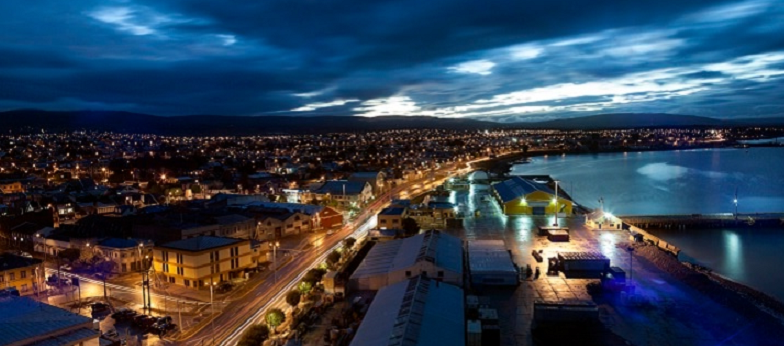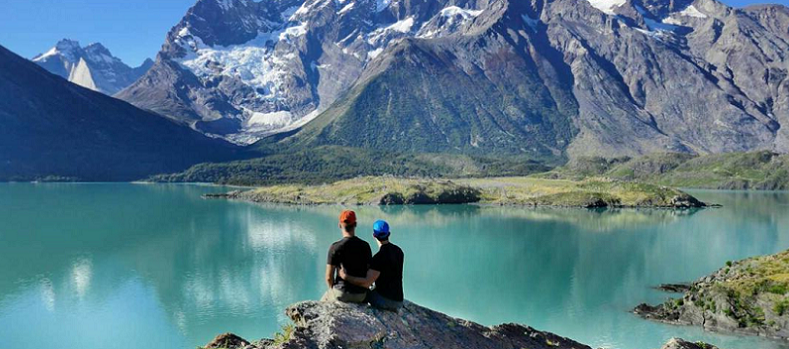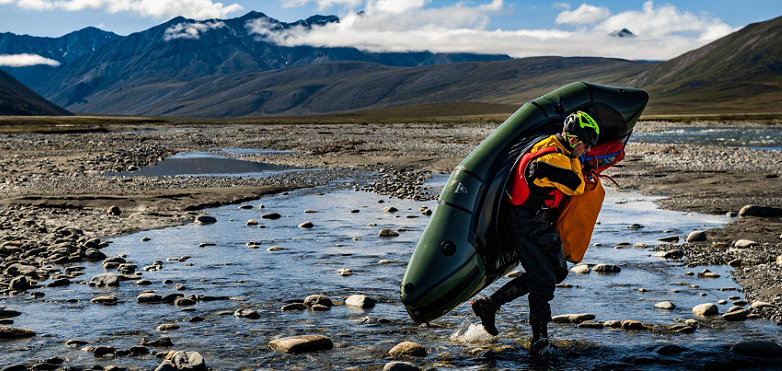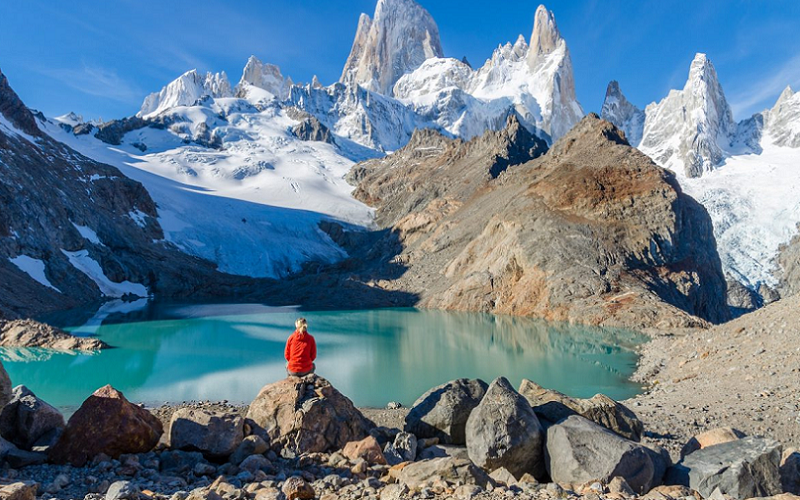Patagonia, a vast and rugged region located at the southern tip of South America, is a destination that captures the hearts and imaginations of adventure-seekers and nature lovers around the world. With its towering mountains, sweeping glaciers, pristine lakes, and diverse wildlife, Patagonia offers an unparalleled opportunity to experience the raw beauty and power of the natural world.
Introduction to the Significance of Patagonia as a Travel Destination
Patagonia, a remote and rugged region that stretches across the southernmost part of South America, is one of the most awe-inspiring travel destinations on the planet. With its towering mountains, vast glaciers, pristine lakes, and diverse wildlife, Patagonia offers an unparalleled opportunity to experience the raw beauty and power of the natural world.
The region’s breathtaking landscapes have long captivated the imaginations of adventurers, explorers, and nature enthusiasts, and today, it continues to draw visitors from around the globe who seek to immerse themselves in its wild and untamed splendor.
Whether you’re a hiker, a mountaineer, a kayaker, or simply someone who yearns to escape the trappings of modern life and reconnect with nature, Patagonia is a destination that should not be missed. In this article, we’ll explore the significance of Patagonia as a travel destination, delving into its history, culture, and natural wonders to understand what makes this corner of the world so unique and captivating.

Overview of Patagonia
Patagonia is a vast and rugged region located in the southernmost part of South America, stretching across the southern regions of Argentina and Chile. It is a land of stunning natural beauty, marked by towering mountains, sweeping glaciers, crystal-clear lakes, and expansive grasslands. The region is also home to a diverse array of flora and fauna, including pumas, guanacos, condors, and flamingos.
The geography of Patagonia is defined by the Andes mountain range, which runs along the western edge of the region and reaches elevations of over 6,000 meters. Many of the peaks in Patagonia are snow-capped year-round, and they provide a stunning backdrop to the region’s lakes, rivers, and forests. One of the most famous peaks in the region is Mount Fitz Roy, located in the Los Glaciares National Park in Argentina. This mountain is renowned for its dramatic spires and is a popular destination for climbers and hikers.
Patagonia is also known for its glaciers, which cover around 10% of the region. One of the most famous glaciers in Patagonia is the Perito Moreno Glacier, located in the Los Glaciares National Park. This glacier is one of the few in the world that is still growing and is a popular destination for tourists who come to witness its stunning ice formations and listen to the thunderous sounds of its calving ice.
Patagonia’s lakes are another defining feature of the region, with crystal-clear waters that reflect the surrounding mountains and forests. The region’s largest lake, Lake Argentino, is located in the Los Glaciares National Park and is a popular spot for kayaking and wildlife viewing. Other notable lakes in Patagonia include Lake Nahuel Huapi, Lake Puelo, and Lake General Carrera.
The grasslands of Patagonia, known as the pampas, cover much of the eastern part of the region and are home to a variety of wildlife, including guanacos, rheas, and foxes. The pampas are also a popular destination for ranching and horseback riding, offering visitors a chance to experience the region’s traditional cowboy culture.

Planning Your Journey to Patagonia
If you’re planning a journey to Patagonia, there are several important factors to consider in order to make the most of your experience.
When to Go to Patagonia
Patagonia’s weather can be unpredictable and varies significantly depending on the season. The best time to visit is during the southern hemisphere summer, from December to February. During this time, the weather is generally milder, and the days are longer, making it easier to explore the region’s outdoor attractions. However, it’s worth noting that the high season can be busy and prices can be higher.
Getting to Patagonia
Patagonia is a vast region, and there are several airports and transportation options to consider. The most popular airports are in the cities of Punta Arenas, Puerto Natales, and El Calafate, which offer connecting flights from major cities in Chile and Argentina. From there, you can travel by car, bus, or organized tour to explore the region. It’s worth noting that travel within Patagonia can be time-consuming and that many attractions are located in remote areas that require additional planning.
What to Pack for Patagonia
When packing for Patagonia, prepare for a wide range of weather conditions. The region can be windy, rainy, and cold, so it’s a good idea to bring layers, waterproof clothing, and sturdy footwear. If you plan to do any outdoor activities like hiking, kayaking, or camping, you’ll need appropriate gear and equipment. It’s also important to bring any necessary medications and to pack insect repellent, sunscreen, and a hat.
Accommodations in Patagonia
There are several accommodation options in Patagonia, ranging from luxury lodges to budget-friendly hostels. Depending on your travel style and budget, you can choose to stay in cities or towns or opt for more remote lodges and campsites. It’s worth booking your accommodation in advance, especially during the high season, to ensure availability and secure better prices.
Activities in Patagonia
Patagonia is a destination that offers a wide range of activities, from hiking and wildlife watching to kayaking and cultural experiences. Research and plan your activities in advance, so you can make the most of your time in the region. There are many organized tours and activities available, and it’s also possible to explore on your own.

Highlights of the Journey to Patagonia
Patagonia is a destination that offers a wide range of highlights and experiences for travelers.
Hiking in Patagonia
Patagonia is a hiker’s paradise, with a variety of trails that range in difficulty and length. One of the most famous hikes in Patagonia is the W Trek in Torres del Paine National Park, which takes hikers through stunning landscapes of glaciers, mountains, and lakes. Other popular hikes include the Laguna de los Tres trail to Mount Fitz Roy and the Huemul Circuit.
Wildlife Watching in Patagonia
Patagonia is home to a diverse array of wildlife, including pumas, guanacos, foxes, and Andean condors. Visitors can observe these animals in their natural habitats by participating in organized tours or exploring on their own.
Glacier Viewing in Patagonia
Patagonia is home to several impressive glaciers, including the Perito Moreno Glacier and the Grey Glacier. Visitors can witness these glaciers up close by taking boat tours or hiking to viewpoints.
Cultural Experiences in Patagonia
Patagonia is also rich in cultural heritage, with traditional gaucho (cowboy) culture still prevalent in the region. Visitors can learn about the region’s history and traditions by visiting museums, attending festivals, or participating in guided tours.
Scenic Drives in Patagonia
Patagonia offers some of the most scenic drives in the world, with stunning vistas of mountains, lakes, and forests. One of the most famous routes is the Carretera Austral in Chile, which runs for over 1,200 kilometers and offers breathtaking views of the region’s natural beauty.
Outdoor Activities in Patagonia
Patagonia offers a wide range of outdoor activities, including kayaking, horseback riding, mountain biking, and rock climbing. Visitors can explore the region’s beauty and challenge themselves physically through these activities.
Challenges and Considerations of a Journey to Patagonia
Journeying through Patagonia may pose certain challenges and considerations for travelers. Some of these challenges include the region’s unpredictable weather, which may necessitate packing appropriate gear and clothing, and may result in the cancellation or modification of certain activities.
Many of the outdoor activities in Patagonia, such as hiking and kayaking, require a certain level of physical fitness, and visitors should consider their physical abilities before embarking on certain adventures. Travelers should also be aware of the region’s unique culture and customs, and should be respectful of local traditions, while also being aware of language barriers.
While Patagonia is generally a safe destination, visitors should take precautions to protect themselves and their belongings, and should be aware of their impact on the environment.
Lastly, visitors should be aware that some attractions in Patagonia may be located in remote areas that require additional planning or preparation.
Despite these considerations, Patagonia offers a unique and unforgettable experience for travelers who are willing to take on these challenges.

